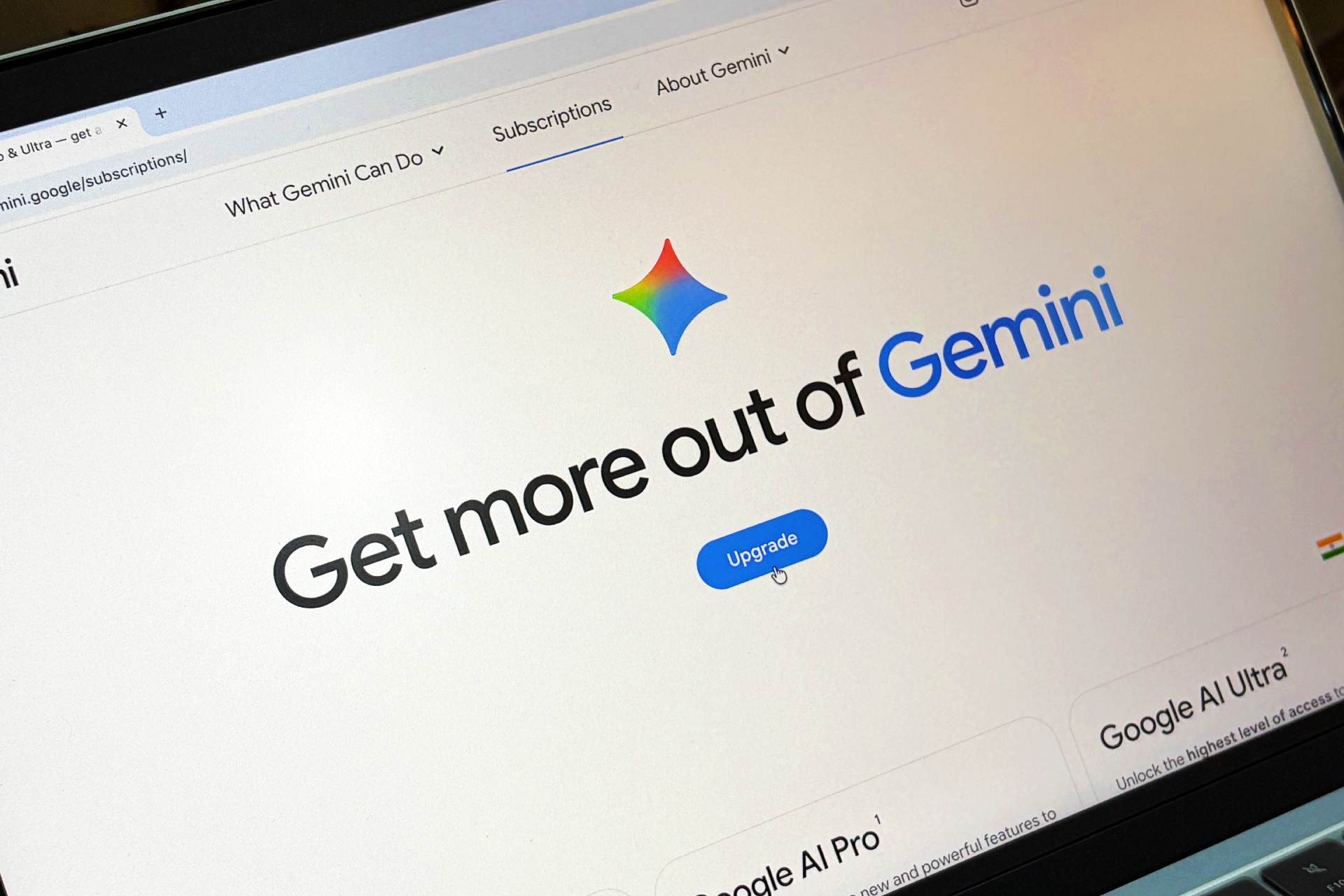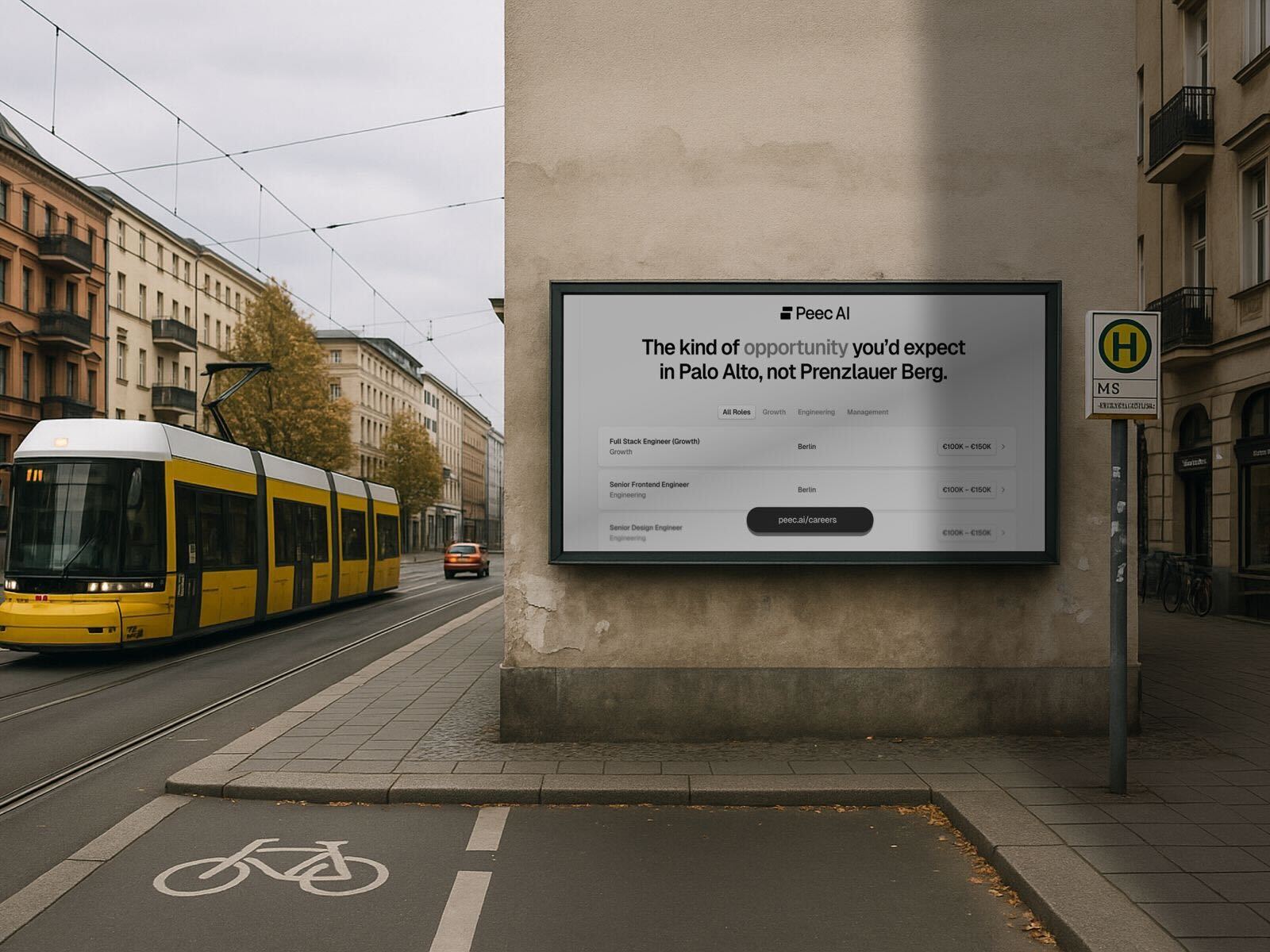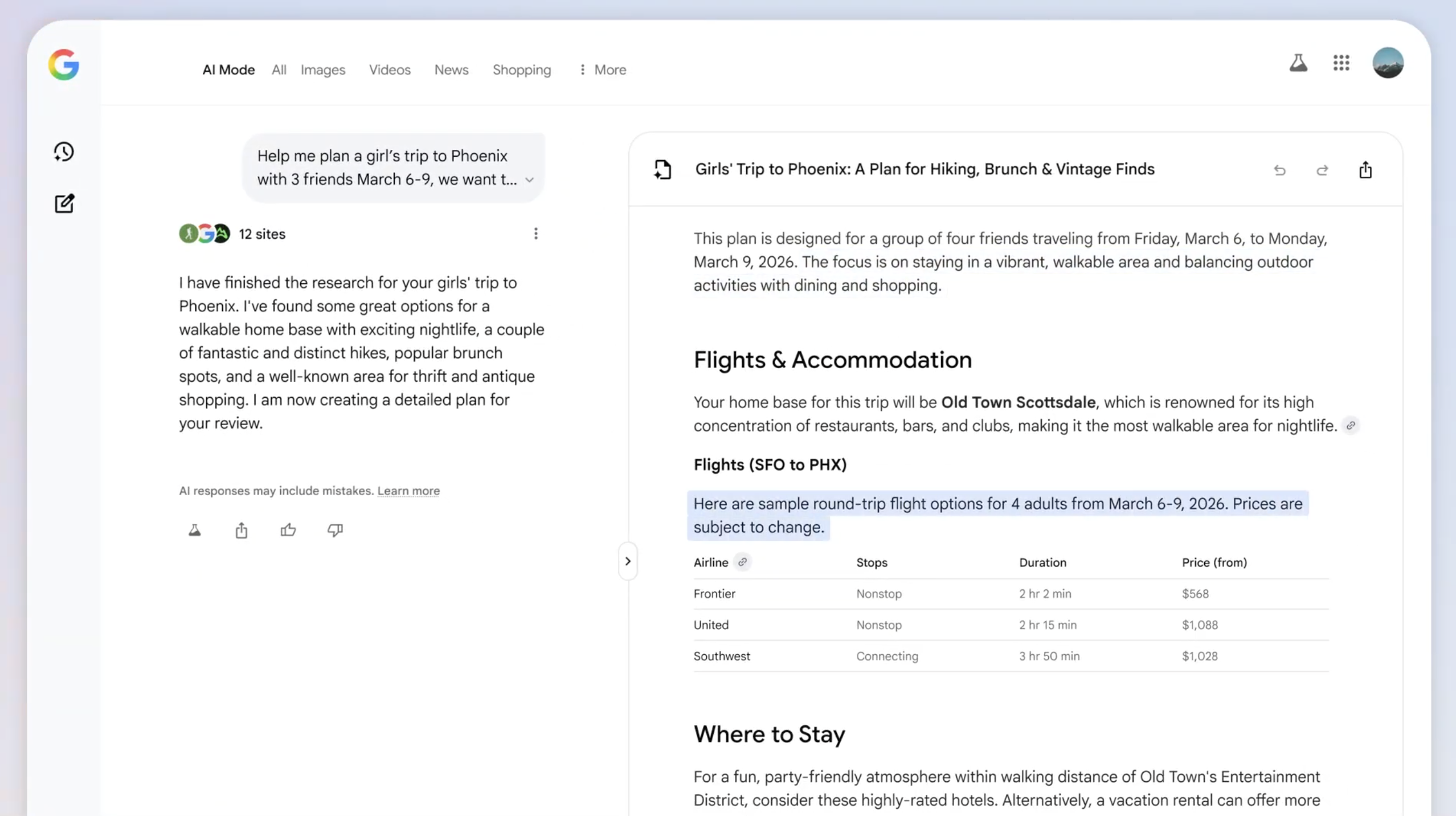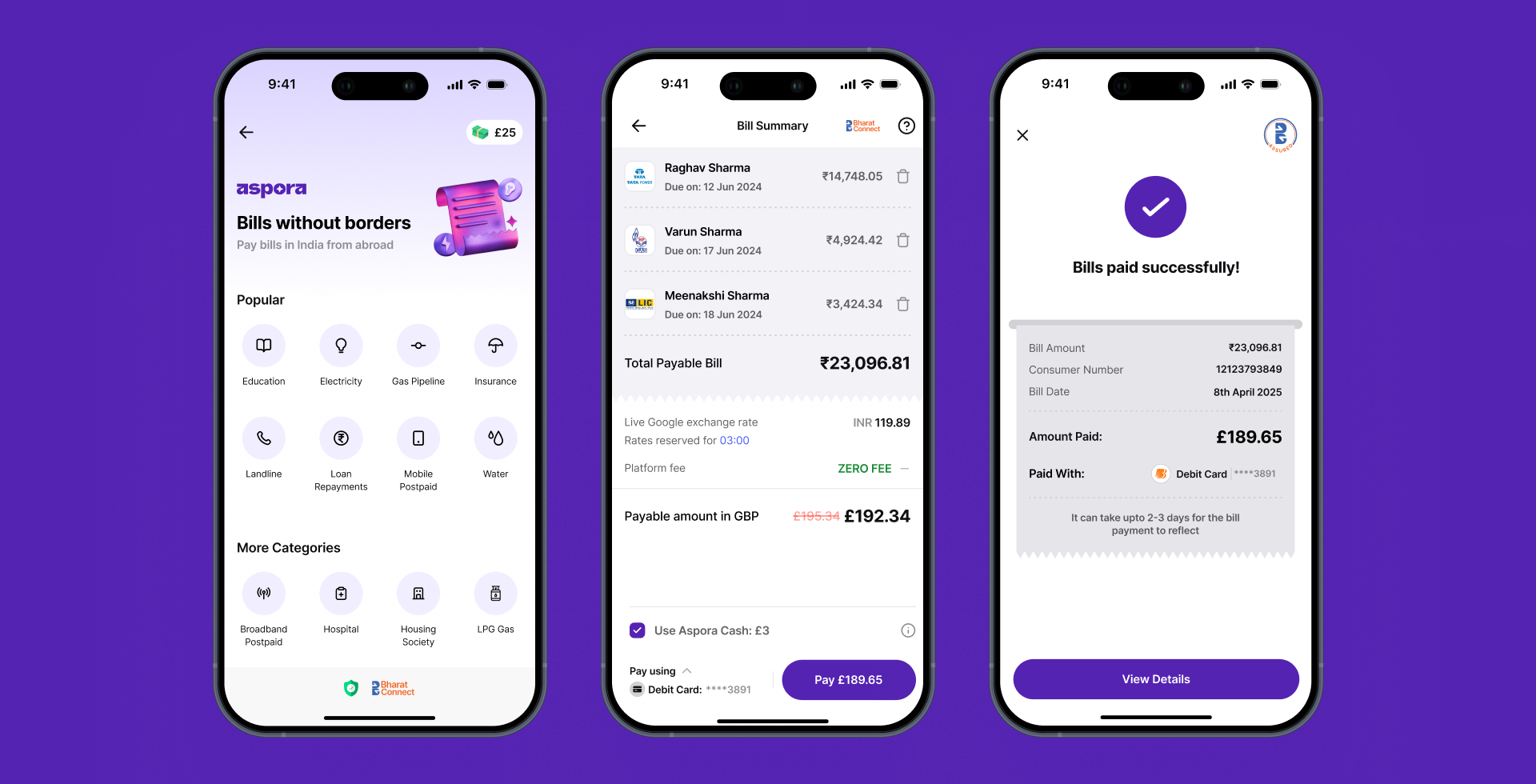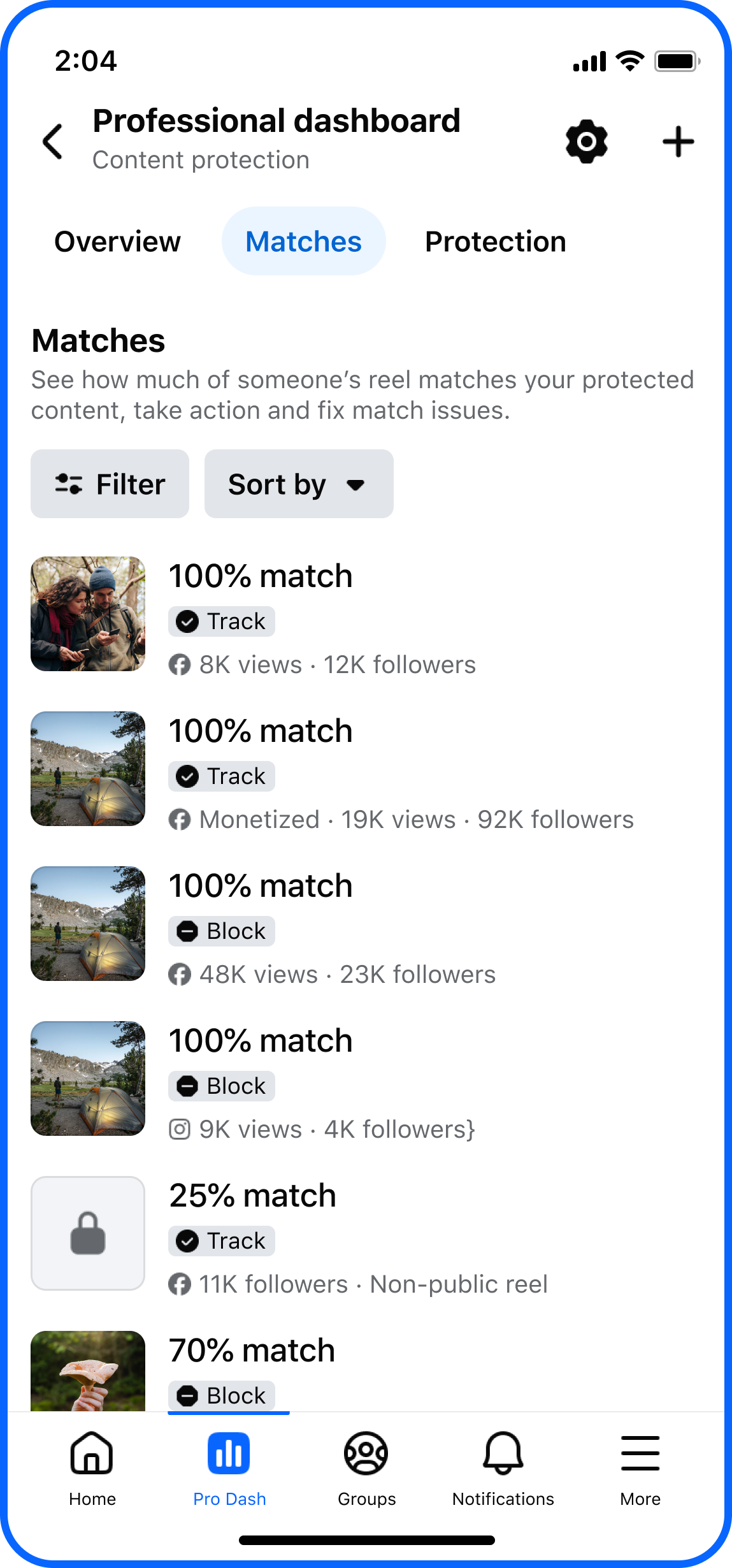
Meta Platforms has unveiled a significant new safeguard designed to empower its vast community of digital creators by protecting their original short-form video content, known as Reels, from unauthorized use. On Monday, the tech giant officially launched Facebook Content Protection, a sophisticated mobile-first tool engineered to automatically identify instances where a creator’s unique Reels, initially published on Facebook, are subsequently appropriated without explicit permission. This initiative marks a critical step in Meta’s broader commitment to fostering an environment where originality thrives and creators are duly recognized for their intellectual property.
The Digital Battleground for Originality
The landscape of online content creation has transformed dramatically over the past decade, with short-form video emerging as a dominant format. This shift was largely catalyzed by the meteoric rise of platforms like TikTok, which popularized bite-sized, engaging videos and fundamentally reshaped digital consumption habits. In response to this cultural phenomenon and intense market competition, Meta introduced Reels first on Instagram in 2020 and subsequently integrated them deeply into Facebook, aiming to capture a significant share of the burgeoning short-video market. These platforms quickly became fertile ground for millions of creators globally, ranging from independent artists and educators to entertainers and influencers, all vying for audience attention and opportunities for monetization.
However, the very nature of digital content—its ease of replication and widespread shareability—has simultaneously given rise to pervasive challenges related to intellectual property theft. Creators frequently face the disheartening reality of their painstakingly produced videos being re-uploaded, re-edited, or re-shared by others without attribution or consent, often by accounts seeking to capitalize on viral trends or simply accumulate views. This pervasive issue not only deprives original creators of recognition and potential revenue but also erodes trust in the platforms themselves, leading to frustration and, in some cases, creators abandoning platforms that fail to adequately protect their work. The new Facebook Content Protection tool directly addresses this critical pain point, signaling Meta’s intention to provide more robust mechanisms for creators to assert their rights and maintain control over their creative output.
Introducing Facebook Content Protection: A Detailed Look
The core functionality of Facebook Content Protection lies in its advanced detection capabilities. Once a creator’s original Reel is posted to Facebook, the system continuously monitors the platform, as well as Instagram, for any exact or near-exact duplicates. The technology leverages sophisticated matching algorithms, similar to those employed in Meta’s existing Rights Manager for larger copyright holders, to identify potential infringements. When a match is found, the original creator receives an immediate alert, providing them with crucial information about the infringing content, including the percentage match, the number of views the duplicate has garnered, the follower count of the infringing account, and its monetization status.
Upon being alerted, creators are presented with a spectrum of actionable choices, offering a nuanced approach to content management. They can opt to block the visibility of the infringing Reel across both Facebook and Instagram, effectively removing it from public view. Alternatively, creators might choose to track the performance of the duplicated Reel, gaining insights into its reach and engagement, with the option to then add attribution links. These links would label the content as "original" and direct viewers back to the creator’s profile, page, or the initial Reel itself, ensuring proper credit. A third option allows creators to consciously release their claim on the Reel, permitting it to remain visible on Meta’s platforms without further intervention, a choice that might be exercised for content they wish to see widely disseminated or remixed within a creative community. This granular control over their content empowers creators to make informed decisions tailored to their individual preferences and strategic goals.
A Broader Strategy Against Unoriginal Content
The introduction of Facebook Content Protection is not an isolated development but rather an integral component of Meta’s larger, ongoing strategic initiative to champion original creators and combat the proliferation of unoriginal content across its ecosystem. This commitment has been articulated and acted upon repeatedly by the company. As far back as July, Meta publicly announced intensified efforts to crack down on content deemed unoriginal or harmful, a move that followed similar actions by other major video platforms like YouTube. These prior actions included the removal of approximately 10 million profiles identified as impersonating prominent content creators and disciplinary measures taken against 500,000 accounts engaged in spammy behaviors or attempting to generate fake engagement.
This multi-faceted approach underscores Meta’s understanding of the symbiotic relationship between platforms and their creators. A vibrant creator economy, characterized by original, high-quality content, is crucial for sustained user engagement and competitive advantage. When creators feel their work is protected and valued, they are more likely to invest time and resources into producing compelling content, which, in turn, attracts and retains audiences. Conversely, platforms perceived as lax on content theft risk losing top talent to rivals that offer more robust protection mechanisms. By reinforcing intellectual property rights, Meta aims to cultivate a more trustworthy and equitable digital environment, ensuring that the rewards of creative endeavor flow back to those who originated the work.
Eligibility and Implementation: Getting Started
Access to the new content protection system is being strategically rolled out to specific creator cohorts. Initially, it is automatically extended to Facebook creators who are part of the platform’s Content Monetization program and who consistently meet enhanced integrity and originality standards. Additionally, creators who are already leveraging Meta’s existing Rights Manager tool—a more comprehensive suite for managing intellectual property rights—will also gain access to this specialized Reels protection. This targeted rollout ensures that those most invested in and reliant on Meta’s platforms for their creative livelihoods are among the first to benefit.
Creators eager to determine their eligibility or apply for access can do so through several intuitive channels. Notifications regarding their access status will appear in their Facebook Feed, Professional Dashboard, and profile. The Content Protection tool itself is accessible within the Professional Dashboard under a dedicated "Content Protection" section. For those not automatically enrolled, an application portal is available directly on Facebook’s website. The system’s technical foundation, as noted, is built upon the same robust matching technology that underpins Meta’s broader Rights Manager, indicating a mature and proven infrastructure for identifying content matches. While currently designed as a mobile-first experience, Meta has confirmed that it is actively testing the integration of this functionality into the Professional Dashboard on desktop, promising expanded accessibility in the near future.
Navigating the Nuances of Content Protection
Meta has implemented several features to provide creators with flexibility and prevent potential misuse of the content protection system. For instance, creators can establish an "allow list," adding specific accounts that have explicit permission to use their content. This prevents those authorized duplicates from being automatically flagged, streamlining the management process and reducing unnecessary alerts. Similarly, the option to release a claim on a video on a one-off basis or to add attribution links offers nuanced control. Attribution links are particularly significant, as they provide a middle ground between outright removal and passive acceptance, allowing creators to gain recognition even when their content is shared by others.
An important analytical point to consider is Meta’s policy regarding disciplinary action against infringing accounts. While the system allows creators to block the distribution of unauthorized Reels, the infringing account itself does not automatically receive any direct disciplinary action. This approach is likely a deliberate design choice aimed at mitigating the risk of the system being abused for targeted harassment or competitive sabotage. The company has explicitly stated that creators who submit false reports or misuse the system could face restrictions on their own accounts or even lose access to the tool, reinforcing the need for responsible usage. The default setting for all original Reels is "tracking," meaning the system will actively monitor for matches unless the creator specifies otherwise.
Furthermore, Meta has established clear channels for dispute resolution and manual reporting. Creators can dispute instances where another account attempts to protect content that rightfully belongs to the original creator by submitting a copyright takedown request through the standard IP reporting channel. Additionally, if the automated tool misses a match, creators retain the ability to manually report infringements via a "Can’t find a specific match?" option on the content protection overview screen, ensuring comprehensive coverage.
The Evolving Landscape of Digital Rights Management
The launch of Facebook Content Protection underscores a broader trend in the digital content industry: the increasing sophistication of tools designed to protect intellectual property. As the creator economy continues its rapid expansion, and as content platforms become central to creative livelihoods, the demand for effective digital rights management (DRM) solutions intensifies. The cultural impact of content theft is multifaceted; beyond financial losses, it can lead to creator burnout, discourage innovation, and foster a perception of unfairness in the digital commons. Platforms like Meta are under continuous pressure to balance robust protection with the open, shareable nature of the internet, and the desire to facilitate remix culture and viral trends.
Looking ahead, the evolution of content protection will likely involve even greater integration of artificial intelligence and machine learning, enabling faster, more accurate detection across vast amounts of data. The move to test desktop integration for Facebook Content Protection indicates Meta’s commitment to making the tool accessible across various workflows, recognizing that many professional creators manage their content from desktop environments. This development signifies a maturing ecosystem where creators are increasingly viewed not just as content providers but as valuable partners whose intellectual property must be diligently safeguarded.
In conclusion, Meta’s new Facebook Content Protection tool represents a substantial enhancement in the platform’s efforts to empower and protect its creator community. By providing sophisticated detection capabilities and offering creators granular control over their content, Meta aims to foster a more equitable and trustworthy environment. This strategic move not only addresses a critical pain point for digital artists but also reinforces Meta’s competitive position in the fiercely contested short-form video market, signaling its long-term commitment to nurturing originality and supporting the creators who drive its platforms.

